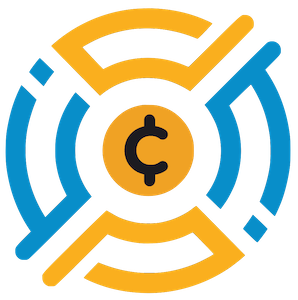The Pi Network’s recent announcement of its first formal Hackathon signals an ambitious effort to consolidate its ecosystem and boost utility for its native token, PI. While on the surface, this event appears to be a promising initiative designed to foster innovation, the underlying motivations and potential outcomes demand a more skeptical eye. For proponents of center-right liberalism, which emphasizes steady growth, innovation driven by pragmatic incentives, and investor confidence, the Pi Network’s approach raises critical questions about its maturity, transparency, and long-term viability.
Beyond the celebratory tone of the announcement, the Hackathon reveals a fundamental tension within the project: a desire to stay relevant and attract developer engagement yet an uncertain foundation that continues to struggle with legitimacy and clear value proposition. The organizers have cleverly leveraged the ecosystem’s grassroots community—allowing unlimited team formations and emphasizing rewards—to mobilize participants. But this strategy, while potentially energizing, also risks turning into a chaotic speculative frenzy without meaningful safeguards or clear pathways toward sustainability.
Token Economics and Market Response: A Fragile Boost
It’s noteworthy that despite the broader market downturn, PI experienced a modest surge of 2.5%, climbing to around $0.36. This spike, over seven percent above its recent low, underscores a classic dilemma faced by rising crypto projects: how much faith can investors place in a project that is still largely unproven? While this immediate bounce may suggest some optimism among early adopters, the underlying reality is that Pi remains an asset uneclipsed by tangible real-world utility, hampered further by its steep 88% decline from its all-time high in February.
For investors holding a center-right view, which values prudent risk management and a belief that innovation must be backed by measurable value, the Pi Network’s current trajectory appears precarious. The token’s price action, driven more by hype and community engagement than solid fundamentals, indicates an ecosystem still in its infancy—an ecosystem that could easily spiral into the same speculative patterns that have undermined many other crypto projects.
Development Strategy and Community Dynamics
The Hackathon’s format—an open call for application development—aims to bolster the platform’s utility through creativity and engagement. Offering substantial prizes totaling 160,000 PI tokens to select winners incentivizes participation; yet, the criteria for evaluation—utility, potential, UI/UX—are subjective metrics that can be manipulated or influenced by community favoritism rather than rigorous, transparent standards.
Furthermore, the reliance on community-based development must be scrutinized for sustainability. Encouraging developers to build on proprietary tools like the Brainstorm App, Developer Portal, and Pi App Studio emphasizes a desire for self-reliance. However, without clear user adoption metrics or proven commercial models, these efforts risk becoming mere experiments—hardly enough to restore confidence in the project’s long-term growth.
The token distribution plan, heavily weighted towards top winners, while superficially generous, may also skew incentives and motivate short-term participation driven by rewards rather than genuine ecosystem development. For a project aspiring to become a serious blockchain platform, this approach falls short of establishing a stable, organic growth path rooted in real-world applications.
The Broader Outlook: An Ecosystem in Limbo
Ultimately, the Pi Network’s latest push appears more akin to an attempt to stave off irrelevance than to a strategic move aimed at meaningful progress. While community enthusiasm and market speculation provide some short-term uplift, they distract from fundamental questions about network security, decentralization, and practical utility—core principles that underpin enduring blockchain projects.
In a political and economic climate increasingly favoring pragmatic innovation—where government policies and investor sentiment align with projects showing tangible benefits—Pi’s current path seems unlikely to sustain its momentum without leadership clarity and transparent development roadmaps. For those of us skeptical of unchecked hype, the risky gamble remains: is this a genuine leap toward becoming a viable decentralized ecosystem, or just another fleeting trend destined to fade once community excitement wanes? The coming months will reveal whether Pi’s hackathon is a catalyst for sustainable growth or merely a temporary flash in the pan.

